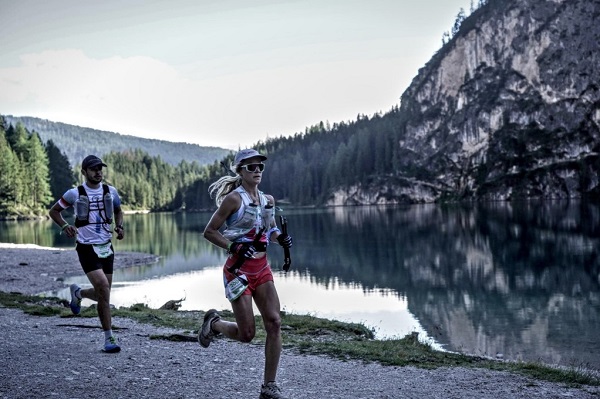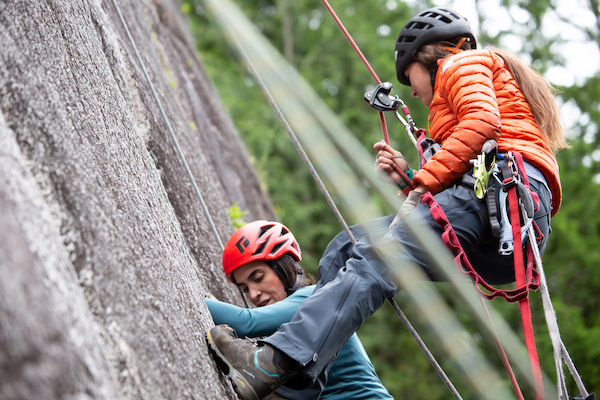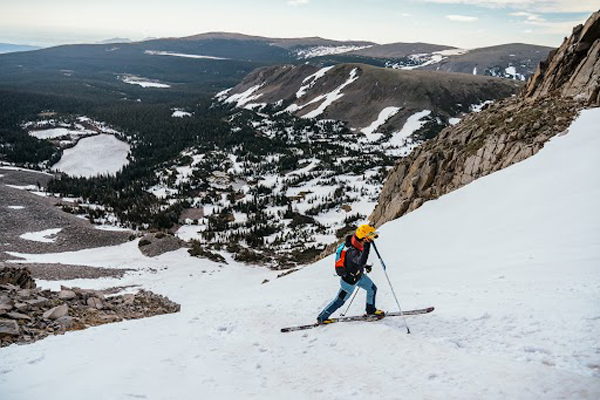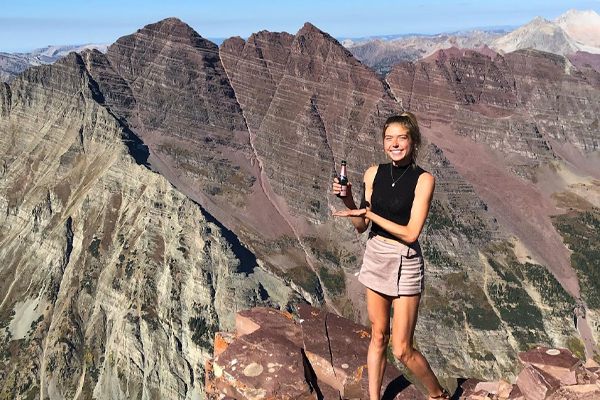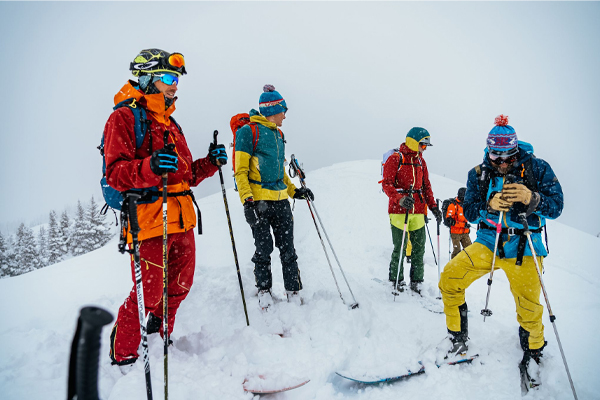Rannveig Aamodt - Transcend

After sustaining serious injuries from a 50-foot ground fall, Rannveig Aamodt shares on her recovery.
- - -
April 26, 2012 should have been my end. Instead, it was the day I took a 50-foot groundfall that shattered my body, changing my life forever.
It was a spring morning in Turkey; my husband Nathan and I woke up in an idyllic bungalow surrounded by fresh mountain air and a pomegranate orchard. We made our way to the Sarkit Sector of Geyikbayiri, to the original lines that have been luring climbers for years.
After a few warm-ups, Nathan led an athletic, overhung route through a cave. Wanting to protect an old shoulder injury, I opted for toproping. Two Welsh climbers wanted to toprope it afterward, so we decided that I could tie into the middle of the rope and climb. Moving fluidly, my feet danced side to side on micro edges, my hands pinched the limestone tufas. I arrived at the anchors and clipped in direct.
This is where a subtle slip of the mind happened, born from habit and comfort. I looked down and saw the rope going through the draws, and forgot that this was only a loose end. I was not leading, and Nathan wasn’t holding me on belay from that end. So, when I clipped the rope back into the anchor, I clipped in as if I were leading- in doing so, I took myself completely off belay. “Got me?” I shouted. He leaned back, felt tension because I was still clipped in direct, and yelled back at me. I unclipped from the chains, but nothing was holding me. I fell.
I woke up in a bubble of light with only a vague notion of what had happened. I remember Nathan holding my bloody head in his lap. I could hear myself screaming, and I remember drifting in and out of reality. This lasted throughout the rescue- several hours- until I arrived at the ER.
I woke up after surgery and looked down over my mummified body, and just barely, I was able to move my little toes.
Three compression fractures in my back. A broken pelvis, two broken ankles, and many small foot bones. The ligaments in my ankles were stretched and torn, and I had ripped small pieces of bone off the attaching ligaments. My right elbow was shattered, and my triceps’ tendon was torn halfway off. I’d also smashed up my front teeth.
I went from being a healthy, strong athlete, who had spent the last few years climbing around the world, to being bound in a body that didn’t work, and in tremendous pain.
Still, I had an enormous sense of gratitude toward everything. Small things that I would normally take for granted became huge gifts; colors were bolder and my emotions more intense.
The pain made sleeping impossible, so I had a lot of time to think. If I ever did climb again, would I get back to the level I was at before? Could I continue as a professional climber? Would I ever want to climb anyway?
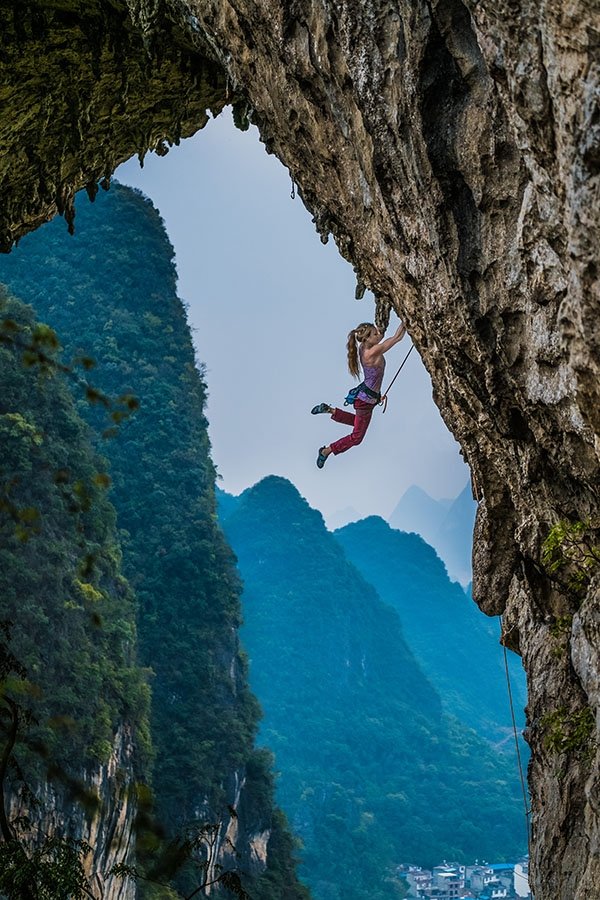
I reached this decision: climbing is something I do for myself, because I love it. It is a tool to push my potential, an outlet where I can strive to be my best. I realized that I had to distinguish between who I am, and what I do: I'm not a climber. Climbing is something I do. Even if I lost climbing, I would still be me.
This clarity created an inner calm and confidence amidst the fear and uncertainty. I decided to accept the condition I was in, think positively, and face what was ahead. I felt a sense of defiance and determination. It started small, with a weight to train my left hand, but I had to start somewhere.
After additional surgeries in Norway and months in hospitals and rehab centers confined to a wheelchair, training my legs started in slings and passive stretching. I was also able to do exercises in a hot swimming pool and yoga while sitting on a chair. After about 10 weeks, it was time to start bearing weight on my feet. I did yoga, trained weights, rode a spinning bike, swam, and stretched 6-8 hours a day. By exposing imbalances, yoga was a great form of training to regain my balance, strength and flexibility. During this process, I realized that I was getting paid back for whatever I had done (or not done) before the fall.
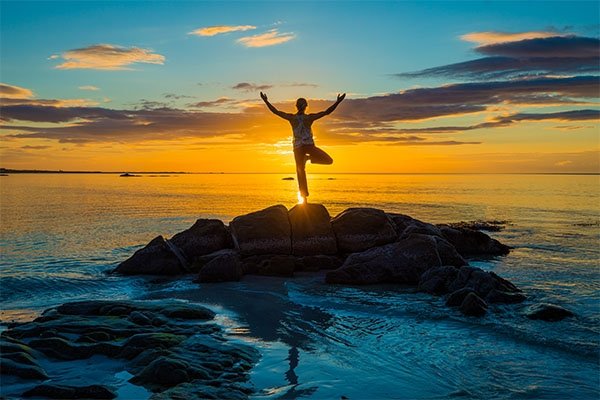
To this day, the biggest challenge bas been the pain. Pain used to be a measuring stick, indicating when I worked out too hard, but now it is a constant. While I know that charging through is the only way to improve, I have to balance with rest. My pain left me with a fear of pushing my limits.
One day, my physiotherapist asked me to jump 40 cm up onto a squishy foam pad. The idea of jumping with my bad ankles was terrifying. Seeing my hesistation, he said: “If you don’t do this, you’ll try to find ways around your limitations. But to know your true limits, you have to get in over your head, and more often than not, you'll realize that your limits are far higher than you ever thought.” So, in action and attitude, I jumped. Finally got out of rehab, I began work with the Norwegian climbing team’s coach, Stian Christophersen who helped me develop a fresh approach to training for climbing.
In late October, Nathan and I were in Utah to celebrate the 6-month anniversary of the fall- by climbing. We wanted to spend some time on Moonlight Buttress, a route we have both dreamed about forever. Work distribution was simple: Nathan did pretty much everything. I had enough to manage with just myself.
The whole trip was a paradox between feeling like I was dreaming while being totally aware that I was alive. I tried to toprope every pitch, and despite hanging here and there, I realized that freeing the whole thing on lead after the accident is possible.
A big part of this journey has been to accept my situation at every stage of the process, and having to live with the fact that I don’t know if a complete recovery is possible. So, I’ve learned to put my energy toward the things I can change, and accept the things that are beyond control.
My love for trail running was one of those things that I had to let go of for a long time. For days after a run, the pain in my ankles would be unbearable. I had to accept it and tried to be happy with being able to go biking. The thought of never again being able to feel light and fast as rushing through the forest was one of my deepest griefs.
Five years later, I can go for short runs again. Every time I do, I am reminded to be grateful and never take life for granted.
Related:
Paige Claassen - On Fear After Injury
Jacinda Hunter - Deep Water Soloing
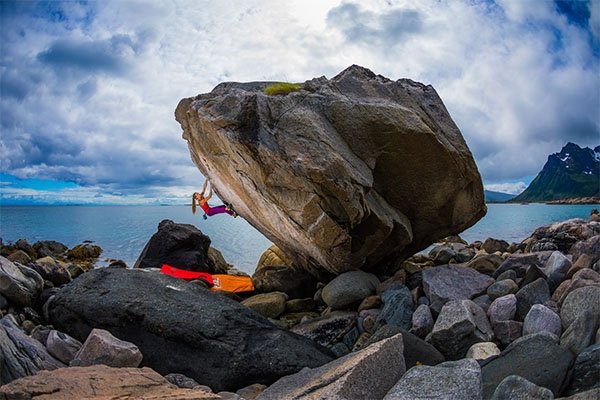
These days, the continuous pain is tiring. Sometimes climbing and hiking takes more than it gives, it makes me question what I’m doing. I have to dig deep, and find ways to handle it. I have to remind myself to be grateful.
It's been a long journey and it's far from over, but it's reinforced the fact that you have to chase your goals and your passions. Dream big and work hard for it, because doing so takes you places, not always where you want, but often further than you can imagine.
Preview Photo, Photos 2 & 3: ©Terje Aamodt
Photo 1: ©Nathan Welton
Video: ©Human Operated Productions
- - -
ABOUT THE AUTHOR
 RANNVEIG AAMODT is a member of the La Sportiva Climbing Team.
RANNVEIG AAMODT is a member of the La Sportiva Climbing Team.
- - -


